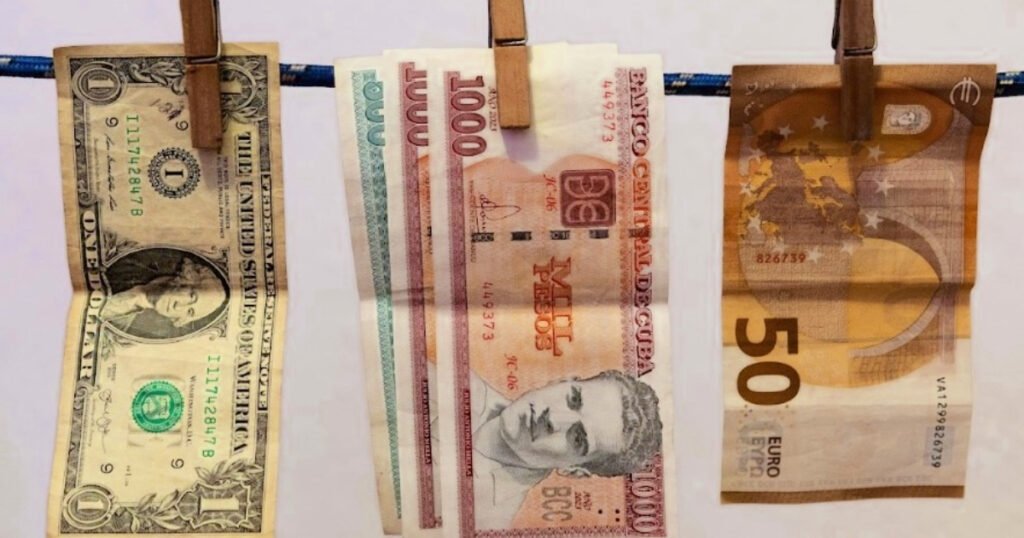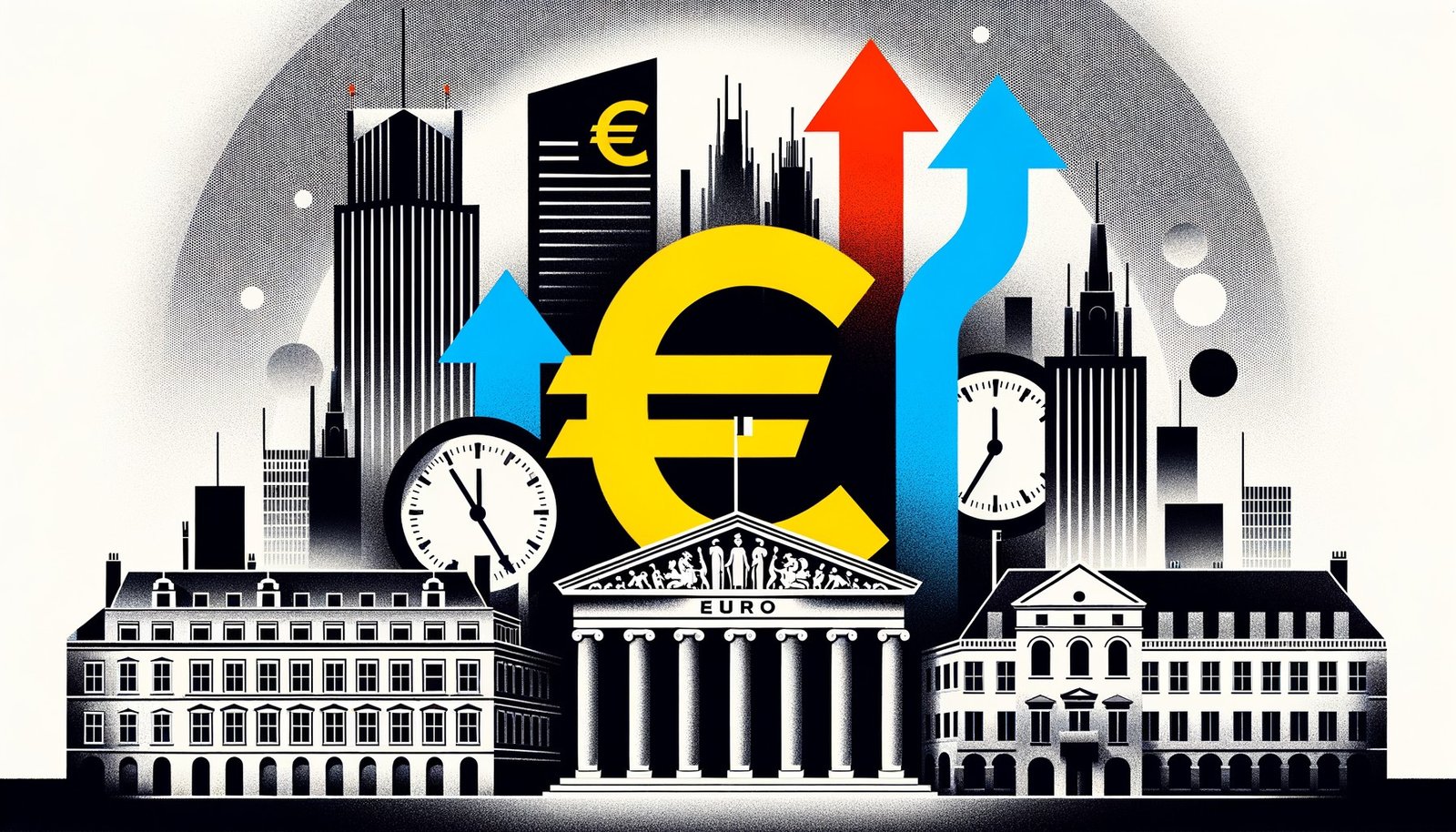The dollar and euro are continuing their unstoppable climb in Cuba’s informal market, with both currencies witnessing further price hikes this Thursday.
The dollar has now seen eight consecutive days of increases in informal trading on the island, reaching 485 CUP on October 23. This marks a three-peso rise from the previous day’s value.
Since October 16, the dollar has jumped by 25 pesos in the informal market. Meanwhile, the euro also experiences a sharp rise of five pesos, now standing at 540 CUP per unit, which positions it 55 pesos above the dollar.
The Freely Convertible Currency (MLC) remains steady at 200 CUP, maintaining its price for several days despite negative forecasts for this virtual currency created by the Cuban regime. For now, it endures.
As of 6:20 a.m. on October 23, 2025, in Cuba, the exchange rates according to elTOQUE are as follows: 1 USD = 485 CUP, 1 EUR = 540 CUP, and 1 MLC = 200 CUP.
The October report from the Observatory of Currencies and Finance in Cuba (OMFi) suggests that the dollar may surpass 500 CUP before the end of the month if current extreme conditions persist. The euro, according to the same forecast, could reach 551 CUP, with the MLC potentially hitting 215 CUP.
Impact on Cuban Economy
The sustained rise of the dollar and euro in the Cuban informal market strikes a direct blow to the domestic economy. Given that most essential goods and services rely on foreign currency—either through imports or sales in MLC—the 25-peso increase over just eight days immediately drives up prices in the internal market.
Every uptick in the informal exchange rate translates into higher costs of living: food, hygiene products, medications, and even transportation or repair services increase in price almost as quickly as the currencies do.
Challenges for Cuban Households
For families dependent on state salaries or pensions, which are fixed in Cuban pesos, this phenomenon means a rapid erosion of purchasing power. Meanwhile, households receiving remittances or handling foreign currency can sustain a certain level of consumption, widening the gap between those with access to dollars and those without.
This disparity fuels social tensions, pushing many Cubans to seek alternative income sources—whether through the informal market, work abroad, or even emigration—as the only means to endure the economic decline.
Broader Economic Implications
In broader terms, the rising dollar reflects a lack of confidence in the Cuban peso and the absence of effective measures to stabilize the national currency. The increasing de facto dollarization further erodes the state’s ability to control prices and plan the economy, while inflation feeds into a cycle that primarily punishes the most vulnerable.
Currency Exchange Equivalents
Here are the exchange equivalents for U.S. Dollar (USD) to Cuban Peso (CUP) as of October 23:
1 USD = 485 CUP
5 USD = 2,425 CUP
10 USD = 4,850 CUP
20 USD = 9,700 CUP
50 USD = 24,250 CUP
100 USD = 48,500 CUP
And for Euros (EUR) to Cuban Peso (CUP):
1 EUR = 540 CUP
5 EUR = 2,700 CUP
10 EUR = 5,400 CUP
20 EUR = 10,800 CUP
50 EUR = 27,000 CUP
100 EUR = 54,000 CUP
200 EUR = 108,000 CUP
500 EUR = 270,000 CUP
Meanwhile, Cubans are left questioning the fate of the “floating rate” promised by Manuel Marrero since late 2024, aimed at bridging the gap between the official and informal currency values.
Frequently Asked Questions about Cuba’s Currency Market
Why is the dollar increasing in Cuba’s informal market?
The dollar is rising due to the lack of confidence in the Cuban peso and the absence of effective economic measures by the government to stabilize the national currency.
How does the rising dollar affect Cuban households?
The increase in the dollar’s value leads to higher costs for essential goods and services, diminishing the purchasing power of households reliant on fixed incomes in pesos.
What is the current exchange rate of the euro to Cuban peso?
As of October 23, 2025, the euro is exchanged at 540 CUP in the informal market.







